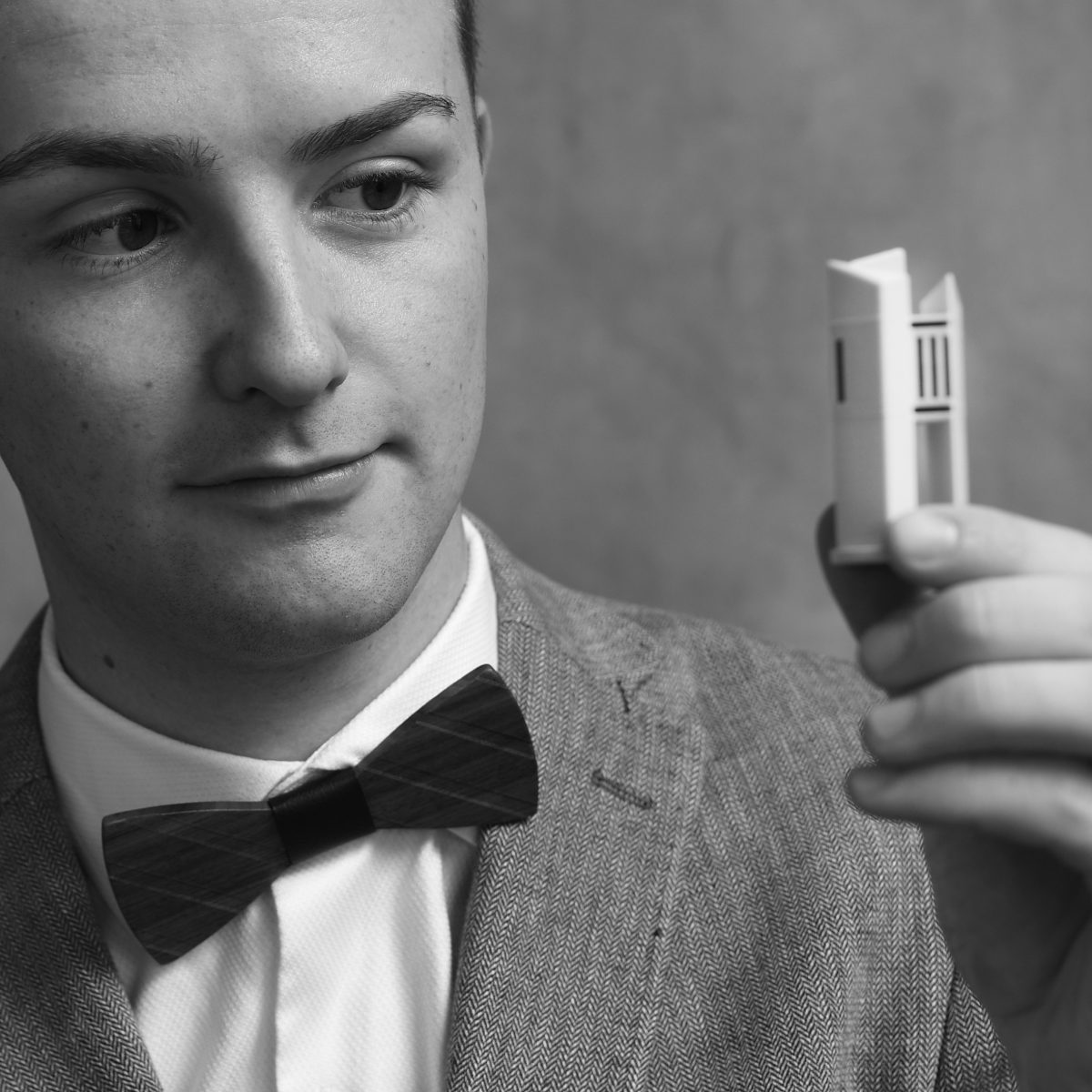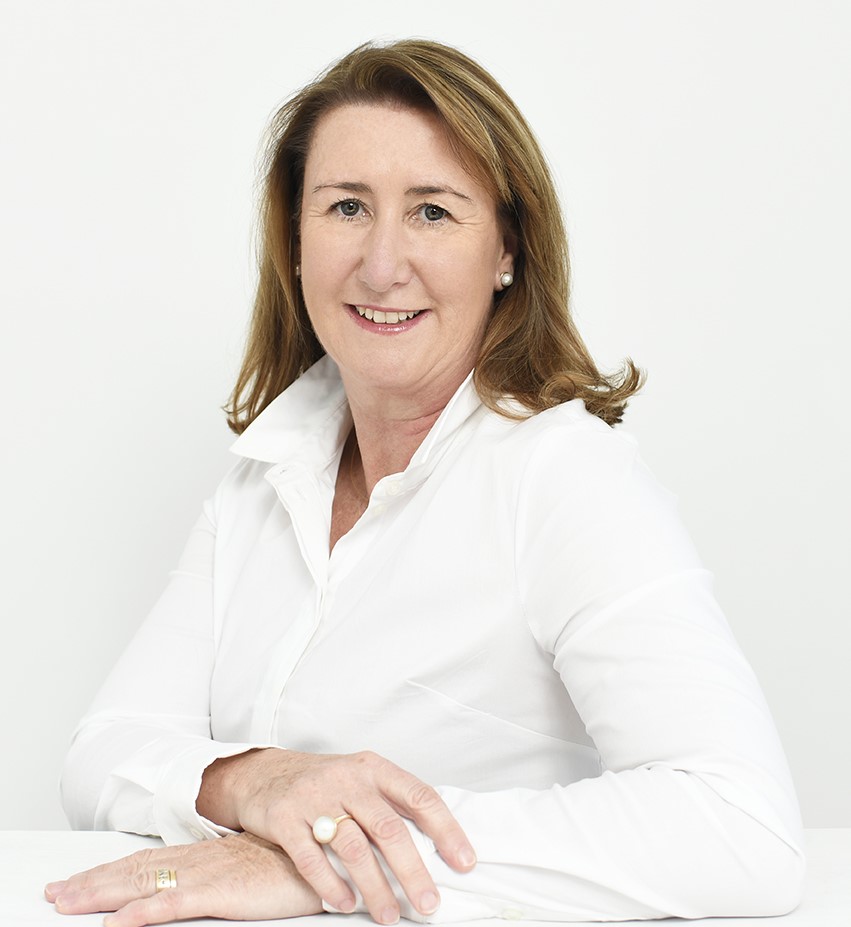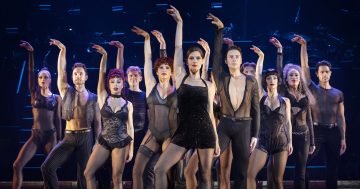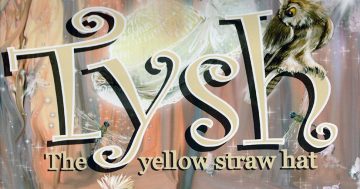
Canberra’s Peter Bray is now one of the world’s leading carillonists, currently performing in Europe. His mother, Melissa, will launch her book on the nation’s carillons this Sunday. Photo: Eva Schroeder.
When the Queen opened Canberra’s National Carillon on 26 April 1970, Melissa Bray’s mother was pregnant with her.
So when it celebrated its 40th anniversary in the nation’s capital with an open day, Melissa’s mother, Jennifer Hanks, keen to mark the family connection, offered to get tickets for the celebration for Melissa and her son Peter.
Learning piano at the time, the young Peter was asked if he would like to try his skill at the Carillon. He did.
He started learning to play it through a school program before being offered a scholarship from the National Capital Authority in 2014 – and he was off.
Today, Peter, now 24, is one of the world’s leading carillonists, currently performing in Europe.
“I am biased,” Melissa joked, “but he really is very good. He’s actually been described as one of the best in the world and he’s only 24.
“He’s currently on a concert tour playing in Belgium, The Netherlands, Germany and France.”
The family connection with Canberra’s iconic Carillon and the three others across the country will be celebrated this Sunday, 23 June, with the launch of Melissa’s book, Australian Carillonists: Respect for the Past and a Vision for the Future. The other two are the Sydney University War Memorial Carillon and the Bathurst War Memorial Carillon.
For Melissa, an economist, former senior executive at the Commonwealth Treasury and policy advisor to Federal Ministers, the book is designed to shine a spotlight on the carillon and offer an insight into the word of the talented people who play them.
Carillonists featured in the book include Astrid Bowler, Lyn Fuller, Thomas Laue, Leonard Weiss, Peter Bray, Harrison Whalan, Vikki Jacobsen and Julie Wright.

Former senior Canberra public servant Melissa Bray interviewed many of the country’s leading carillonists for her book on the musical genre. Photo: Eva Schroeder.
Although the National Carillon in Canberra is well-known, few know what actually goes on inside.
“It’s effectively a really big bell tower that contains at least 23 bells (weighing up to 10 tonnes) that can be played by a person using a keyboard known as a clavier,” Melissa said.
“Carillonists are a small group of people, rarely seen in public when playing an instrument so big that it could house a bathroom and kitchen,” she said.
The book explains how each of the carillonists came to play the unique instrument, ranging from responding to a newspaper advertisement to a passion from the earliest of days.
“One day, I walked past the Quad and heard a wrong note, then a pause, and I looked up, bewildered by what was actually happening up in the tower. Clearly, someone’s playing the bells by hand! I thought ‘I could do that’,” one carillonist says in the book.
Another says: “I was a young child when I was first fascinated by the sound of the bells and music coming from the significant Bathurst War Memorial Carillon. My grandfather Anthony Deane Hicks – a World War I veteran – was the first custodian of the carillon in Bathurst.”
Melissa said she was visiting her son in Belgium last year when she met a woman who had written about that country’s carillon.
“I thought it was a really good idea. I had done some freelance work as a journalist … I have a passion for writing stories.”
But her talent, she said, was strictly literary. “I’m certainly not a musician. I can’t sing, I can’t play music, writing is my outlet.”
People interested in attending the book launch in Canberra on Sunday, 23 June, from 10 am are invited to register.
The book will be available at the launch or can be purchased online.
Original Article published by Sally Hopman on Riotact.



